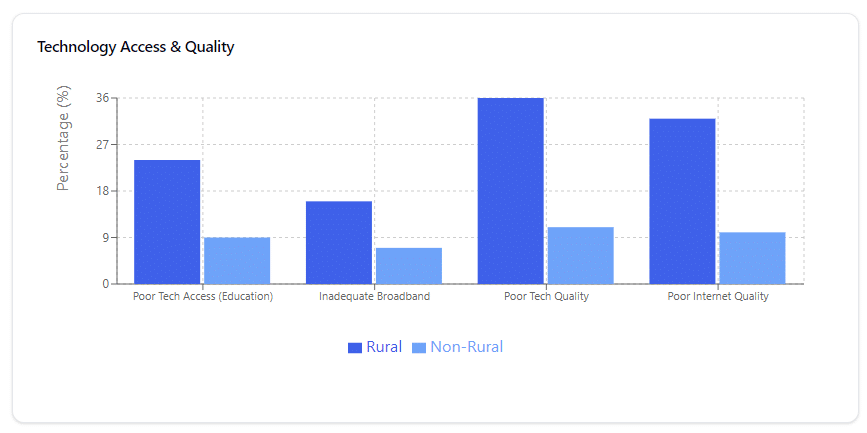When it comes to developing a web application, selecting the right architecture is crucial for both user experience and business outcomes. Two popular approaches are Single Page Applications (SPA) and Multi-Page Applications (MPA). Understanding their differences can help you make an informed decision that aligns with your project goals. Let’s delve into the spa vs mpa debate to find out which is best for your project.
Single Page Applications (SPA)
SPA is a web application that loads a single HTML page and dynamically updates the content as the user interacts with the app. This approach is designed to create a fluid, responsive experience similar to a desktop application. Here are some key characteristics:
- Speed and Performance: SPAs load content dynamically, reducing the need to reload the entire page. This can lead to faster interactions and a more seamless user experience.
- User Experience: Because content is loaded asynchronously, users experience fewer interruptions. The immediate responsiveness makes SPAs ideal for interactive applications like social media, email clients, or online editors.
- Development Efficiency: SPAs often rely on frameworks like React, Angular, or Vue.js, which streamline the development process and make it easier to build and maintain complex UIs.
- Challenges: SPAs can be challenging for SEO because they rely heavily on JavaScript. Additionally, initial load times may be longer since the entire application needs to be downloaded initially.
Multi-Page Applications (MPA)
MPA is a traditional approach where each action or request by the user loads a new HTML page from the server. MPAs are suitable for applications where SEO is critical and where content can be accessed independently. Here are some advantages and considerations:
- SEO and Indexing: MPAs are generally better for SEO since each page has its own unique URL, making it easier for search engines to index the content. This is crucial for content-heavy sites like blogs, e-commerce platforms, or news portals.
- Scalability: MPAs can handle larger projects with extensive content more effectively, as they can manage different sections independently without overwhelming the client-side resources.
- Complexity: Developing and maintaining MPAs can be more complex, as it often involves managing multiple pages and potentially duplicating code across different sections.
- User Experience: The necessity to reload the entire page with each interaction can lead to slower user experiences compared to SPAs, potentially impacting engagement.
Making the Choice: SPA or MPA?
Choosing between SPA vs MPA depends on your project’s specific needs and objectives. If your application requires high interactivity and a desktop-like experience, SPA might be the right choice. It’s well-suited for applications where user engagement and performance are priorities, such as dashboards, gaming, or online services.
On the other hand, if your project relies heavily on SEO and needs to handle a significant amount of content, an MPA is likely more appropriate. MPAs offer better search engine visibility and are often used for sites with varied and extensive content like e-commerce platforms, informational websites, or corporate sites.
Conclusion
Ultimately, the decision between SPA and MPA should be guided by the nature of your project and your business goals. Each architecture has its strengths and trade-offs. By carefully considering your requirements and resources, you can choose the architecture that will provide the best user experience and business results.
By understanding the nuances of each approach, you can better align your web application development with your strategic objectives, ensuring that your project is not only functional but also successful in meeting your users’ needs.











